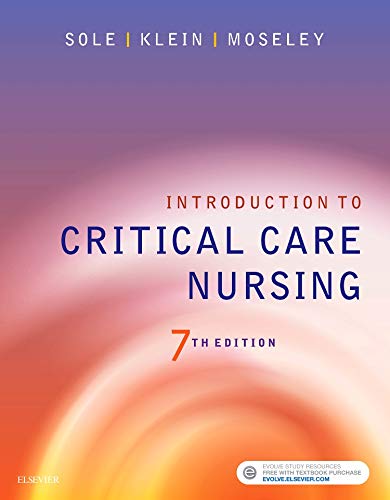Psychiatric Advanced Practice Nursing A Biopsychosocial Foundation for Practice -1st Edition by Eris F. Perese -Test Bank
Chapter 4: Communicating, Interviewing and Assessing
Multiple Choice
Identify the choice that best completes the statement or answers the question.
____ 1. During an initial assessment, the relevant features of communication are its ability to
|
A. |
Promote a therapeutic alliance and increase understanding. |
|
B. |
Prompt a disclosure of past successes and failures. |
|
C. |
Bring about changes in behavior. |
|
D. |
Educate the patient about what is important to disclose. |
____ 2. During the initial assessment of a patient with schizophrenia, in response to the question “What brought you to the clinic today?” a patient’s response of “the van” is an example of
|
A. |
Poverty of speech |
|
B. |
Concrete thinking |
|
C. |
Oppositional behavior |
|
D. |
Tangentiality |
____ 3. Patients’ perceptual difficulties may have an adverse effect on the therapeutic alliance. Which of the following is likely to have the greatest negative effect?
|
A. |
The patient perceives the office seating arrangement as belittling. |
|
B. |
The patient perceives the clinician as being part of her delusional system. |
|
C. |
The patient perceives the sound in the hall as messages for the patient. |
|
D. |
The patient perceives the clinician’s glancing at his watch as nonvalidating. |
____ 4. Open-ended questions
|
A. |
Are useful in obtaining direct responses |
|
B. |
Define the focus of interest |
|
C. |
Are useful in the beginning of an interview |
|
D. |
Define the boundaries of the therapeutic alliance |
____ 5. Closed-ended questions
|
A. |
Are used to gather specific information |
|
B. |
Allow the patient to talk without interruption |
|
C. |
Are characterized by the use of reflection |
|
D. |
Are used to obtain difficult or emotionally laden material |
____ 6. In using the communication technique of reflection, the clinician
|
A. |
Interprets the difference between a patient’s thoughts and his or her behaviors |
|
B. |
Repeats something that the patient has said to encourage the patient to give more information |
|
C. |
Provides prompts such as “tell me more” |
|
D. |
Seeks more information in order to have a more clear understanding |
____ 7. Validation is a communication strategy used to
|
A. |
Let the patient know that his or her feelings are reasonable. |
|
B. |
Evaluate change in symptoms or behaviors. |
|
C. |
Prompt the patient to continue talking. |
|
D. |
Elicit more information about a response. |
____ 8. The purposes of the psychiatric interview include all except
|
A. |
Gaining an understanding of the patient’s illness |
|
B. |
Obtaining information efficiently |
|
C. |
Providing education about psychiatric disorders |
|
D. |
Establishing a therapeutic alliance |
____ 9. To encourage the patient to talk freely during the interview, the clinician
|
A. |
Uses direct questioning |
|
B. |
Explains behavior/brain interaction theory |
|
C. |
Takes notes conscientiously |
|
D. |
Provides empathetic response. |
____ 10. For a patient who is overinclusive or rambling, the clinician
|
A. |
Asks the patient to tell his story |
|
B. |
Uses direction and redirection |
|
C. |
Increases the amount of eye contact |
|
D. |
Interviews the person accompanying the patient |
____ 11. In a biopsychosocial assessment, which of the following questions might be used to assess the social domain?
|
A. |
Did any medical conditions precipitate the psychiatric symptoms? |
|
B. |
Did the patient have any childhood attentional problems or school phobia? |
|
C. |
Has the patient ever attempted suicide or harmed himself? |
|
D. |
Have the symptoms affected the patient’s social and work functioning? |
Chapter 4: Communicating, Interviewing and Assessing
Answer Section
MULTIPLE CHOICE
1.ANS: APTS:1
2.ANS: BPTS:1
3.ANS: BPTS:1
4.ANS: CPTS:1
5.ANS: APTS:1
6.ANS: BPTS:1
7.ANS: APTS:1
8.ANS: CPTS:1
9.ANS: DPTS:1
10.ANS: BPTS:1
11.ANS: DPTS:1














Reviews
There are no reviews yet.